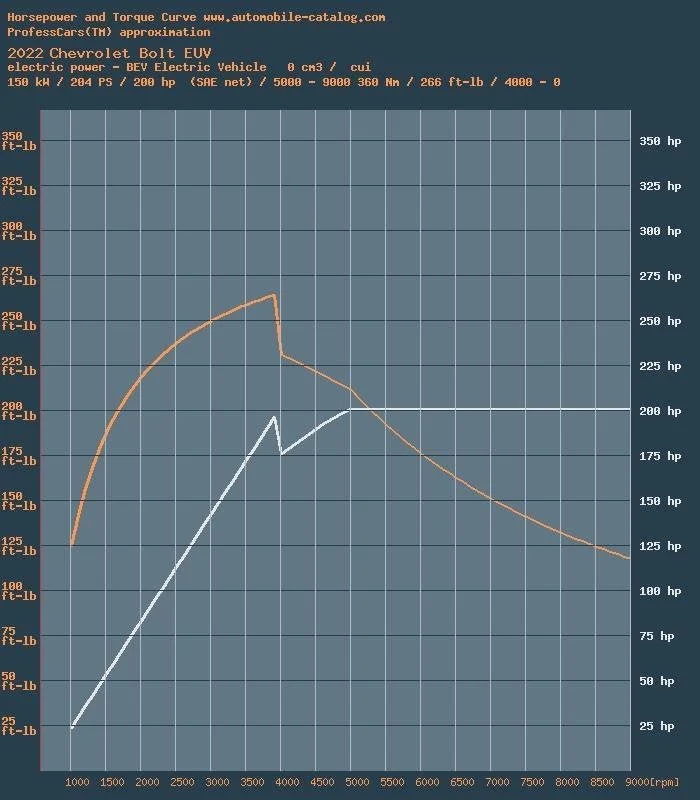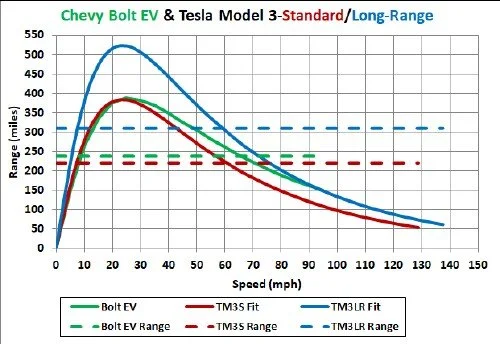The Simple case for the Electric Vehicle Daily Driver
Essentially, the motivation behind utilizing an EV as a consistent convention for mobility for the average consumer is to reduce the need for dependence on the Gas supply.
Typically, they do not appreciate in value over time.
They require little to no maintenance.
They operate on a low-hassle operations sequence of events, often requiring the use of only one foot pedal operation.
Typically fully featured with every driver assistance system known to modern techology specialists.
Can be upgraded effortlessly with limited capital expense.
After that, the rest is just science and engineering.
Here is what we gathered from regulators and expert car editorialists. These machines are little more than highly functional utility vehicles that cost just a little more money than your typical economy car..
To observe this effectively, one gallon of unleaded petrol is the equivalent to 33.7 kWh. When realized in the average economy EV SoC, this is approximately 80% SoC.
With that in mind, the average consumer can convert 1 gallon of gasoline into at maximum average of 250 miles of range in city driving conditions.
This does not account for the manufacturing and assembly costs of greenhouse gas emissions for the vehicle itself.
The EPA estimates 200 miles of range during lab testing in highway conditions with a coefficient of 70% efficiency due to road and environmental conditions.
With the real world highway conditions taken into account, one can achieve 70 mph highway speed and 140 mile range on the average charge to 100%.
With that in mind, EPA provides a conservative rating of 100 mpge for 1 gallon equivalent of petrol.
Where other standards apply, the European and Chinese rating systems are much more optimistic regarding range for a variety of environmental and consumer considerations.
EV range estimations and mission profiles
Image source: automobile-catalog.com
Relevant constraints:
Battery Capacity
Energy Consumption rate
Terrain, Vehicle dynamics
Driving Style (inputs over time)
Vehicle weight
Climate control usage
External data: GPS, road conditions, driver inputs, traffic conditions
Calculations account for dynamic changes in conditions.
Factors include behavior, SoC, Environmental
e.g. A = 75 kWh, B = 15 kWh/100km.
Range = A/B = 500 km
EPA real world highway = Range*0.7
1/[(1/MPGe gas) + (1/MPGe elec)]
Image source: roperid.com
Standardized Testing:
EPA, WLTC, China
EPA Rate rating:
EPA testing regulated test is provided by vehicle manufacturers every year for responsible labeling of vehicle models.
5 defined test procedures ensures that every model accounts for similar if not accurate real world conditions: city, highway, hot, cold, and aggressive driving.
Environmental conditions affect the natural usage of HVAC systems by consumers at 95 deg F and 20 deg F for hot and cold testing respectively.
Higway and Aggressive driving lowers expected range by a significant factor allowing for consumers to make accurate and conservative estimations on actual range.
Calculations for real world highway testing is weighted provides a 0.7 coefficient to expected range while city range provides the combined range value coefficient
Calculations for city and highway range provides a sum of the variety of modality with a coefficient of 0.55xRange + 0.45xRange
Various outlets procure real world testing data based on Driver habits and environmental conditions.
Car and Driver references a steady 75mph aside from the standard 65mph pace to estimate the accuracy of consumer habits vs initial estimations conducted by regulated stakeholder
The outcome of the 3rd party test finds an approximate 5% difference from sticker rating where Highway is rated higher in that regard.
To note, most charging times account for charge rate reduction above 80% to manage battery life and general best practices. To note, most consumers do not necessarily need 100% charge as is not deemed necessary for most local trips.
Instead, a reminder is typically established to charge every day or so for commuter trips of less than 50 miles round trip.
For more information, visit the EPA Fuel Economy and EV Range Testing website.
References:
Car and Driver Editorial, https://www.caranddriver.com/features/a44676201/ev-range-epa-vs-real-world-tested/
EPA testing standard, https://www.ecfr.gov/current/title-40/chapter-I/subchapter-Q/part-600/subpart-B/section-600.116-12
EPA Green Vehicle Fuel Economy guide, https://www.epa.gov/greenvehicles/fuel-economy-and-ev-range-testing
EngineeringToolbox, https://www.engineeringtoolbox.com/ev-electric-vehicle-battery-soc-energy-consumption-range-d_2153.html
Range estimation calculator, https://savvycalculator.com/ev-range-calculator



